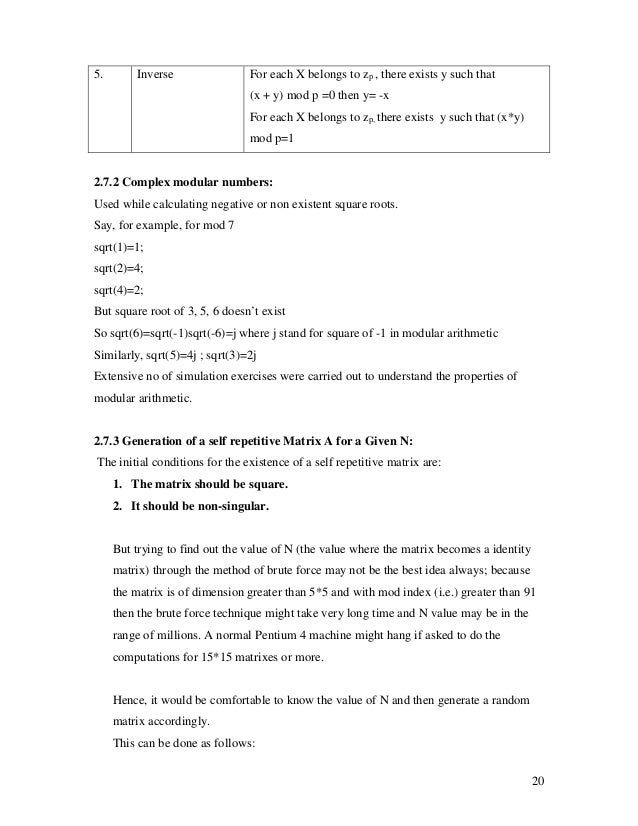Decrypt P File Matlab Functions
TomSym has the ability to analyze p-code for possible performance improvements and validation. The following example illustrates how TomSym can be used: 1. Create a file called pcodetest.m with the following text: function y = pcodetest(a,b) y = sin(a)+b.^2-30.
Fire emblem shadow dragon download. All Consoles • 3DO • Atari 2600 • Atari 5200 • Atari 7800 • Atari Jaguar • Atari Lynx • Coleco Colecovision • Dreamcast • Game Gear • Gameboy / Color • Gameboy Advance • GameCube • GCE Vectrex • MAME • Mattel Intellivision • Memotech MTX512 • MGT Sam Coupe • MSX1 • MSX2 • Neo Geo • Neo Geo CD • Neo Geo Pocket • Nintendo • Nintendo 64 • Nintendo DS • PC-Engine • PlayStation • PlayStation 2 • PSP • Sega CD • Sega Genesis • Sega Master System • Sega Saturn • Super Nintendo • TurboGrafx-16 • WonderSwan / Color Search.
Is there a way to open a pcode file (.p) in MATLAB?
Herr von Wurst- But even if the file is securely encrypted, you can still use the debugger to step through the code of the loaded P-file line by line and record the input and output of all calls to builtin or user-defined functions. Decrypt P File Matlab.
- The arguments F1, F2. Must describe MATLAB functions or files containing MATLAB code. If the flag -INPLACE is used, the result is placed in the same directory in which the corresponding file was found. Otherwise, the result is placed in the current directory. Any existing results will be overwritten.
1 Answer
If by 'open' you mean edit - then certainly not. 'p' in pcode is for 'protected' - its main design goal is deploying a functional component while protecting its source.
If by 'open' you mean run - then certainly yes. Quoting the manual:
Rotation along both X and Z axes now supported for guaranteed correct model orientation. Arrange waypoints, fine-tune camera angles and run the sequence, directing your own movie of your own 3D scene. First Person navigation mode You can switch to alternative navigation mode and walk inside 3D scene. 3d visioner for visio 2013 crack. Camera FlyView A feature of special FlyView edition of 3D Visioner allows creating a video footage from a camera flying through 3D scene. Now thanks to widely supported OBJ format you can associate selected shapes via Model Manager dialog with plenty of available 3D models from on-line catalogs such as www.turbosquid.com.
You invoke the resulting P-code file in the same way you invoke the MATLAB .m source file from which it was derived. For example, to invoke file myfun.p, type
[out, out2, ..] = myfun(in1, in2, ..);
Ofek Shilon Ofek Shilon
Ofek ShilonMatlab P File Decrypter
P File Extension
Not the answer you're looking for? Browse other questions tagged matlab or ask your own question.
Function File Matlab
CS 534 - Steganography Project > 3. MATLAB Code and Examples
Steganography_Code.zip steganography_examples.mat |